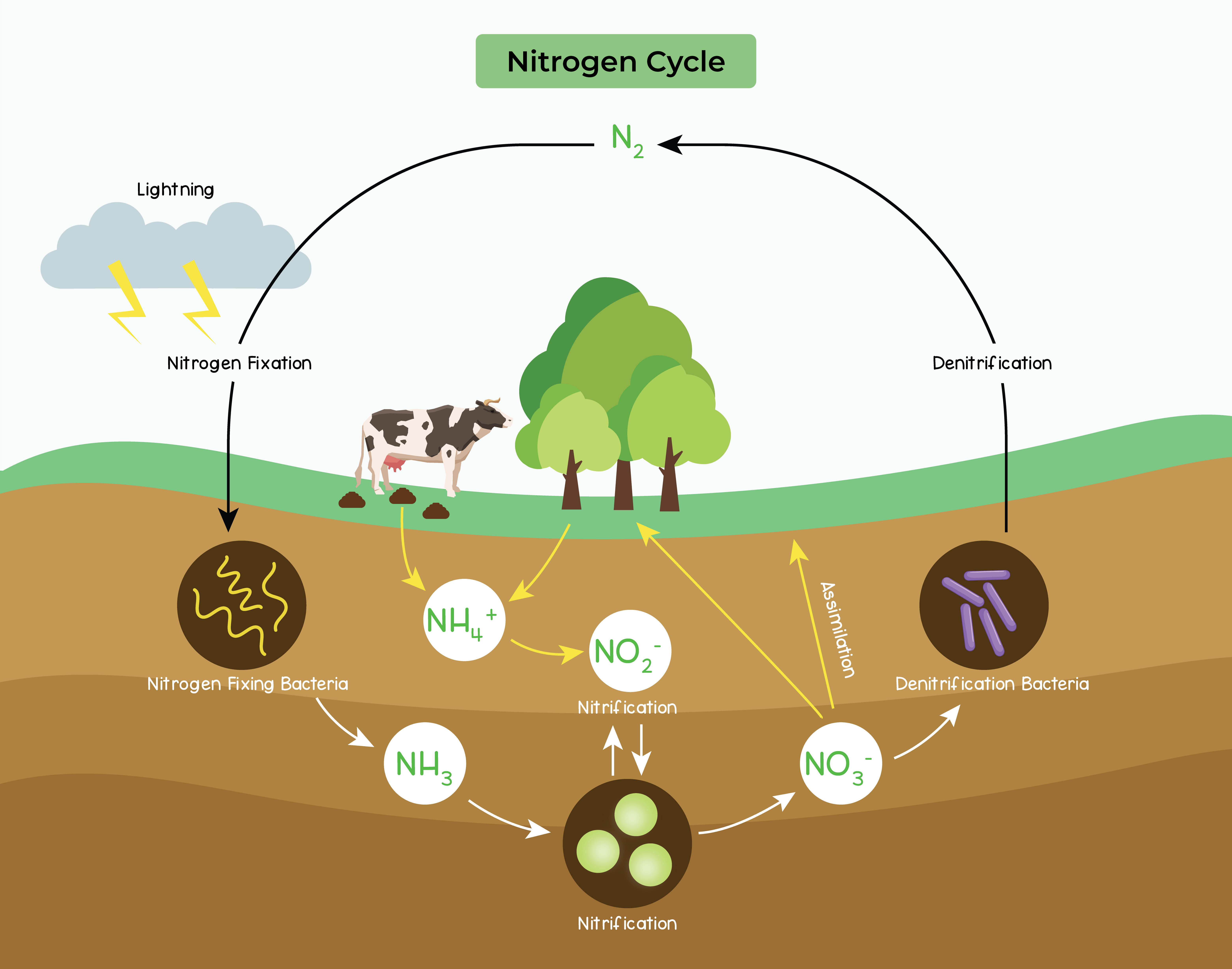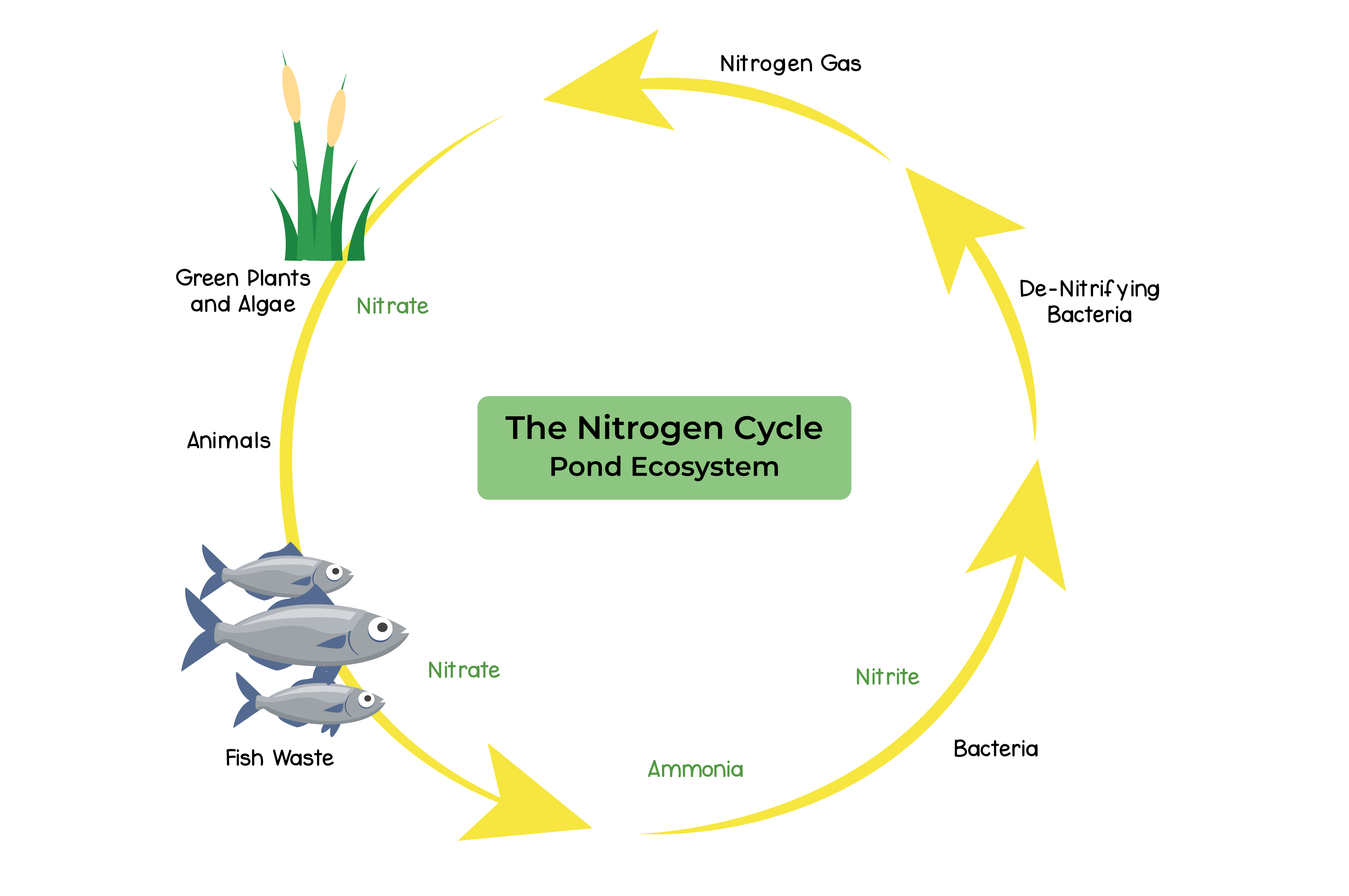REVISION NOTES
4.3.1 Describe the stages in the carbon cycle, including respiration, photosynthesis, decomposition and combustion

Finite amounts of carbon exists on this planet thus it is recycled for the growth of new organisms
Respiration:
Photosynthesis:
Decomposition:
Combustion:
4.3.2B Describe the stages in the nitrogen cycle, including the roles of nitrogen fixing bacteria, decomposers, nitrifying bacteria and denitrifying bacteria (specific names of bacteria are not required)


Nitrogen is required for protein production in plants or animals. It cannot be absorbed from the atmosphere like carbon.
Nitrogen cycle:
Nitrogen fixing bacteria:
Lightning:
Decomposers:
Nitrifying bacteria:
Denitrifying bacteria:

© 2025 Studia Academy. All rights reserved.